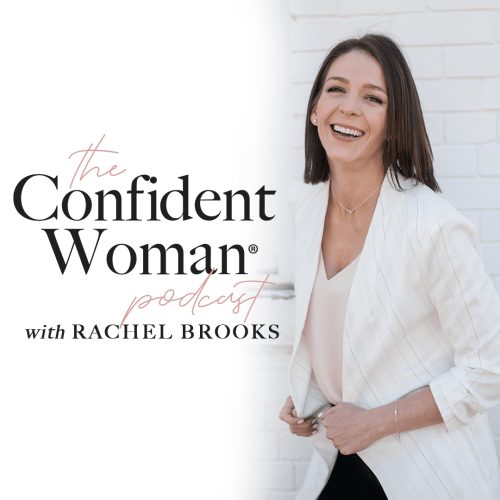Post-Bariatric Surgery Adaptive Clothing
Bariatric surgery represents a significant step towards a healthier Lifestyle for many individuals who are living with obesity. As this procedure facilitates rapid weight loss, it introduces a unique set of challenges and health changes, including how to dress during the recovery period. This article delves into the essentials of post-bariatric surgery adaptive clothing, offering guidance on selecting garments that combine comfort, functionality, and style to support the healing process.
What is Bariatric Surgery and Who Needs It?
Bariatric surgery includes various procedures designed to help lose weight by making changes to the digestive system, often by limiting the amount of food the stomach can hold. It’s typically considered when Diet and Exercise haven’t worked or when serious health problems due to weight have arisen. The immediate aftermath of surgery requires patients to rest and recover, during which comfortable clothing becomes a necessity. Clothes that accommodate the changing body size while minimizing discomfort and promoting mobility play a crucial role in post-operative care and overall well-being.
Understanding Post-Bariatric Surgery Body Changes
Immediately following bariatric surgery, patients will experience significant and rapid body changes. Initial weight loss is often swift, leading to decreased body size and altered body contours. Swelling and sensitivity at the surgical sites are common, necessitating clothing that can adjust to these changes without irritating the skin or incisions. The recovery phase also includes gradual lifestyle adjustments, with clothing choices needing to adapt accordingly.
Tips for Post-Bariatric Surgery Clothing
Select Clothes for the Current Size & Swelling
Choosing clothing that fits the current body size rather than aspirational sizes is essential. Post-surgery swelling can cause the body’s size to fluctuate; thus, wearing clothes that can accommodate these changes without being overly tight is advisable. Garments with adjustable features, such as drawstrings or elastic bands, can offer flexibility and comfort.
Get Clothes that Avoid Chafing
Chafing is a common issue during recovery, exacerbated by excess skin and swelling. To prevent this, opt for seamless clothing or garments with flat seams that don’t rub against or irritate the skin. Materials that wick away moisture can also reduce the risk of chafing, keeping the skin dry and comfortable.
Loose Pants and Shirts
Loose-fitting pants and shirts provide ease of movement and comfort. They should be easy to put on and take off, particularly for those with limited mobility during the initial stages of recovery. Clothing that doesn’t restrict movement can help in performing daily activities and exercises prescribed for post-surgery recovery.
Socks with Good Grip
Socks with non-slip soles are crucial for preventing falls, especially when mobility is temporarily impaired. The risk of slipping can increase due to changes in balance and body weight post-surgery. Gripper socks can provide additional safety and confidence when moving around.
Fabrics for Sensitive Skin
Post-operative skin is often sensitive, necessitating the need for soft, breathable fabrics that do not irritate. Natural fibers like cotton or bamboo are gentle on the skin and allow it to breathe, reducing the risk of irritation or allergic reactions. Avoid harsh synthetic materials that can cause discomfort or rashes.
Clothes with Good Compression
Compression garments are beneficial in managing swelling, improving blood circulation, and supporting the areas affected by surgery. These clothes can also aid in shaping the body as it transforms, providing both physical and psychological benefits. However, it’s essential to choose the right level of compression—too tight can hinder circulation, while too loose may not offer the intended benefits.
Conclusion
Navigating the post-bariatric surgery recovery period requires attention to various aspects of daily life, including how one dresses. The right adaptive clothing can significantly enhance comfort, promote healing, and adjust to the body as it undergoes rapid changes. By prioritizing garments that offer flexibility, support, and comfort, individuals can focus on their recovery and the journey toward a healthier lifestyle with confidence and ease.























